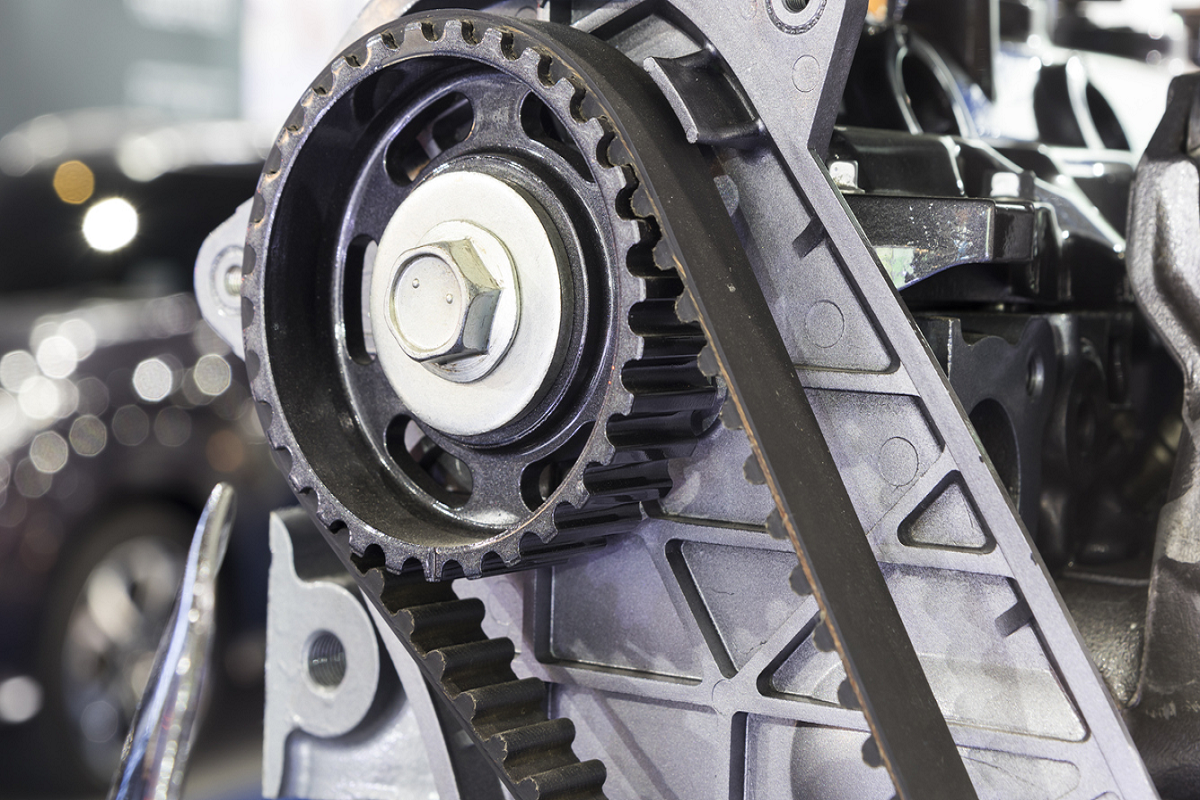Feb 10, 2020

The timing belt is a rubber belt that controls the timing of your car’s internal combustion engines. It has been designed to perform the vital function of ensuring the crankshaft and camshaft rotate in synchronisation.
Like everything else in your car, the timing belt will need to be changed at some point in time and fortunately, it’s one of the easier problems to spot as your car will not be performing you are used to.
One sign that you need to be aware of (and that you won’t be able to ignore) is a high-pitched screeching noise when your car is running. It’s more likely to happen when the vehicle is first starting, and the engine is cold. Squealing is a common sign of a loose belt which can indicate wear and tear, and that it needs to be replaced. It can happen when the belt is relatively new, and this means the tension needs to be adjusted.
If you happen to notice that there are more smoke and fumes than normal coming from your car’s exhaust, this could be another indication that your timing belt is well overdue for a replacement. The engine running with a malfunctioning timing belt can excessive exhaust fumes.
When you’re starting your car and you can hear the starter motor, but the engine will not turn over in addition to any of the signs above, it’s possible that damage has been done to the engine as a result of the broken timing belt. Unfortunately, this will end up being a hefty bill as you now have engine damage and a timing belt to repair!
This sign is a worst-case scenario, but when your car stops working abruptly due to a timing belt problem, you’re going to be left stranded with major engine damage. If your car stops running abruptly, you need to have a full inspection of all the components including the timing belt as there could be further damage done at this stage.
Have you recently been experiencing any of the above signs and symptoms and are looking for some answers? Here at MyCarNeedsA.com, you can get quotes from mechanics in your local area.